Review – A Time To Die
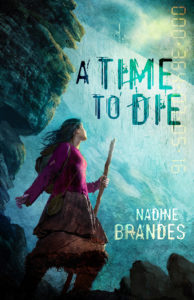 A Time To Die, Book 1 of the Out Of Time series (Enclave Publishing) by Nadine Brandes, is a young adult post-apocalyptic dystopian fantasy. I know that’s quite a mouthful and might seem a little daunting, but I think it’s an accurate description of this debut novel.
A Time To Die, Book 1 of the Out Of Time series (Enclave Publishing) by Nadine Brandes, is a young adult post-apocalyptic dystopian fantasy. I know that’s quite a mouthful and might seem a little daunting, but I think it’s an accurate description of this debut novel.
The protagonist, Parvin Blackwater, is an eighteen-year-old, and therefore at the upper end of the young adult genre.
The fantasy world Nadine Brandes created is a futuristic United States of the East formed after a cataclysmic event wiped out much of the rest of the world—and therefore post-apocalyptic.
The government of the USE is strict in enforcing (with Enforcers) certain laws of the land, most prominently that individuals must produce their clocks—a physical device that has been coded for them and counts down the years, days, hours, and seconds to their death. Anyone without a clock is branded a Radical and duly punished. Such a repressive government earns this novel the dystopian label.
The Story. Parvin was a triplet though one of her brothers died, his clock zeroing out upon birth. Her other brother and she have a problem before they are old enough to realize it—the government doesn’t make allowances for triplets and only implanted their pregnant mother with the code for two clocks. With one already showing zeros, the one remaining clock could be Parvin’s or her brother Reid’s.
What’s more, the clock indicates that whoever it belongs to will die in one year. Because they secretly share the clock, the government provides them each a Mentor who gives them a last year assessment and helps them arrive at a Last Year goal.
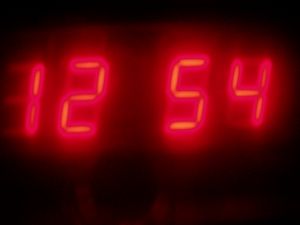 Parvin has done little with her life up to this point, but she has a passion to save Radicals since she and her brother have shown, albeit secretly, that living without a clock is not harmful to them or their society, and therefore Radicals are not a danger and don’t need to be imprisoned, relocated, or sent over the wall into the unknown West and sure death.
Parvin has done little with her life up to this point, but she has a passion to save Radicals since she and her brother have shown, albeit secretly, that living without a clock is not harmful to them or their society, and therefore Radicals are not a danger and don’t need to be imprisoned, relocated, or sent over the wall into the unknown West and sure death.
She decides her Last Year goal will be to write her biography in which she will reveal the secret about her clock with the hopes that she can show people the truth about the Radicals. When she finishes, however, she realizes her writing is . . . boring.
From their Low City library she finds a number of other biographies. The best ones, she realizes, were written by Skelley Chase, and she asks her Mentor to arrange an interview with him.
When the Mentor does the impossible and brings Skelley Chase to Unity Village, he reads Parvin’s manuscript and agrees to team with her to tell her story. But, he says, her story is bigger than what she’s written, and to tell it, she must go over the Wall.
And this is pretty much the set up. From this point on, I didn’t want to put the book down.
Strengths. The concept behind A Time To Die is unique. Yes, it’s a dystopian novel, and we’ve seen a number of those—Hunger Games, Divergent, and the Safe Lands series. Yes, it’s post-apocalyptic, and we’ve seen a number of those, too—TV’s Revolution, The City of Ember, Evan Angler’s Swipe series. But A Time To Die has unique elements, the most pronounced being the clocks that indicate when a person will die, removing some of the uncertainty of life.
The protagonist, Parvin Blackwater, is also a believable character and sympathetic, if for no other reason than the fact that she’s eighteen and preparing to die. As the story progresses, however, Parvin grows as a person, which makes her an even more engaging character.
The world-building of this story is not extensive, but it is sufficient to give a flavor of this futuristic place and time. There are small things that crop up to enhance the feel of otherness—technologies, people groups, idioms.
After a certain point, the plot is filled with tension and conflict. While the story doesn’t unfold at a breath-taking pace, it has moments filled with action, followed by periods of recovery. In my way of thinking, this is a much more realistic pace than stories modeled on action-adventure movies, and allows the reader to more fully experience the events and the character’s emotions.
The great strength of the book, however, is its Christian content. The government of the United States of the East does not allow adults to teach religion to anyone under eighteen, but Parvin knows God and His Son, Jesus Christ, because her brother Reid introduced her to Him. Nevertheless, she has a lot of questions about her relationship with Him, especially when life becomes hard and lonely.
Her questions are natural, her discovery of truth is believable, her growing relationship with God and her understanding of her purpose is momentous. Because her faith journey is so seamlessly woven with her life journey, the story escapes the dreaded “preachiness” pitfall while delivering solid Biblical truth that applies to everyday living.
Weaknesses. While I might wish for more world-building, the main issue I have with A Time To Die is the beginning. Because Nadine Brandes is a skilled writer, I was never bored, and yet during the setup phase, I was not compelled to continue reading. If I set the book down for a few days, I didn’t feel the need to return to it. Because I didn’t have another book going, I did continue reading and found the story and characters interesting.
After the inciting incident, all that changed and the story haunted me so that I wanted to return to it as soon as possible. I could only wish the beginning had that same quality.
One other area—towards the end there was one place I thought the events dragged on a bit too long, but that may have been a matter of taste. I was anxious to know what happened next and wanted to rush along. Others may be more content to experience in depth what the character was going through.
Recommendation. I was so excited to find another top notch writer in Nadine Brandes and just as excited to be drawn into the post-apocalyptic dystopian world she created. A Time To Die is a must read for fans of Christian fantasy, for those who love dystopian fiction as long as they aren’t offended that the story includes God.
Do be warned that the start of the book may seem slower than what you might like. Never fear, though, because the pace will pick up and you’ll be caught in this world before you know it.
































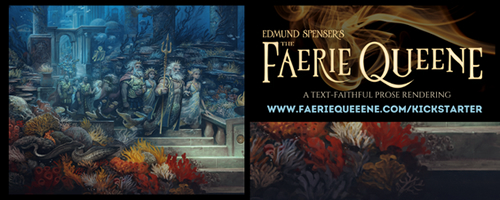

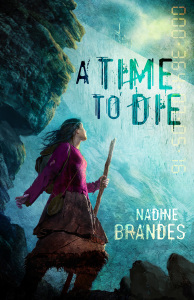
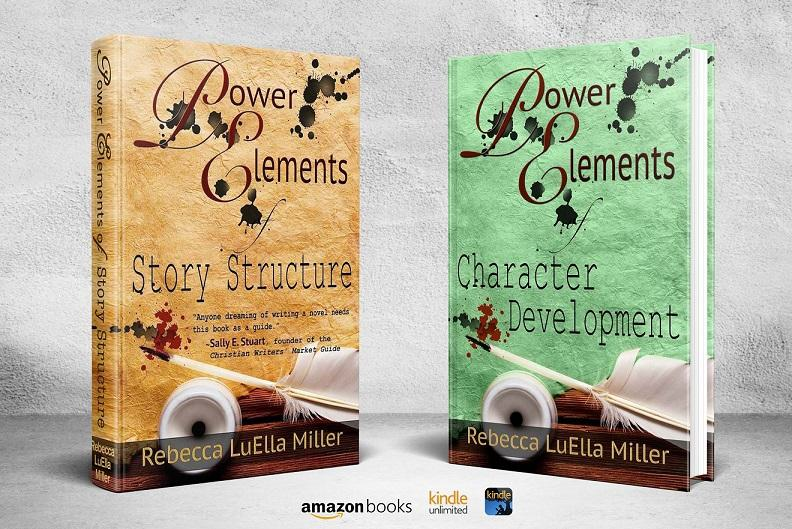

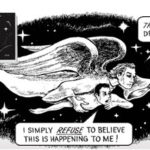






Eh, it’s not really selling me on the book from this review. Premise doesn’t really sound that unique; a society that condemns the young to death or exile has been around since Logan’s Run set the template for it in the 1970’s. The clock motif has been used before- the movie”In Time” by Justin Timberlake had a great variant on it by making a person need to buy time to stay alive. You don’t have enough, you drop dead on the spot.
Might be a case where the good parts can’t be said due to spoilers, but my worry about this book is that it’d be another generic YA dystopia.
What I gave of the story, DM, is just the set up. And the young aren’t condemned to die. Each person has their own clock with their own numbers. Someone else might have 85 years on theirs. It just so happens that the clock Parvin shares with Reid zeroes out in their 18th year. And no one can extend their time. The “when will I die” has been removed from that society. That in itself is interesting to think about. What would society be like if everyone knew exactly when they would die? But one of the tensions all novel long is whether the clock is Parvin’s or Reid’s.
And the Christian aspect, so perfectly woven into the story, sets this novel apart from any other. Here’s an example.
No, not generic, from my perspective.
Becky
I just finished this novel, too, and agree with your assessment of A Time to Die. It did start slow, but once Parvin got to the Wall, things picked up. I also was not prepared for the level of violence in a couple of parts. It wasn’t a book that left me feeling good at all, however, I’m looking forward to the next installment, which sounds kind of strange, huh? But it gripped me and I find myself thinking about it, even though I’m done reading. Nicely done, Nadine!
Good point about the violence, Pam. It comes up so suddenly, it really is unexpected. When the action is intense, it’s really intense.
I know what you mean about the end. I thought it brought the story to a definite conclusion, but I still have so many questions. There’s obviously much more story, and I can hardly wait.
Becky